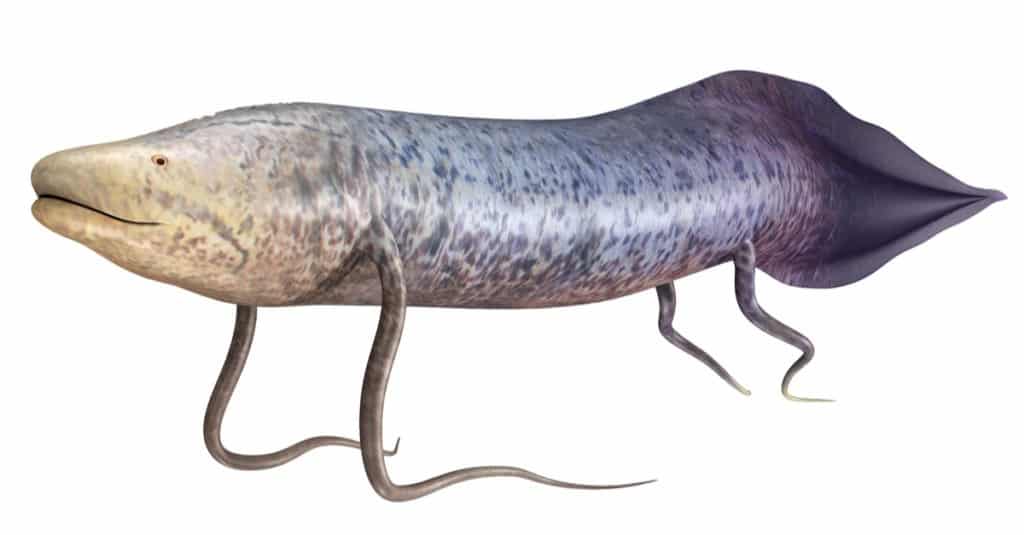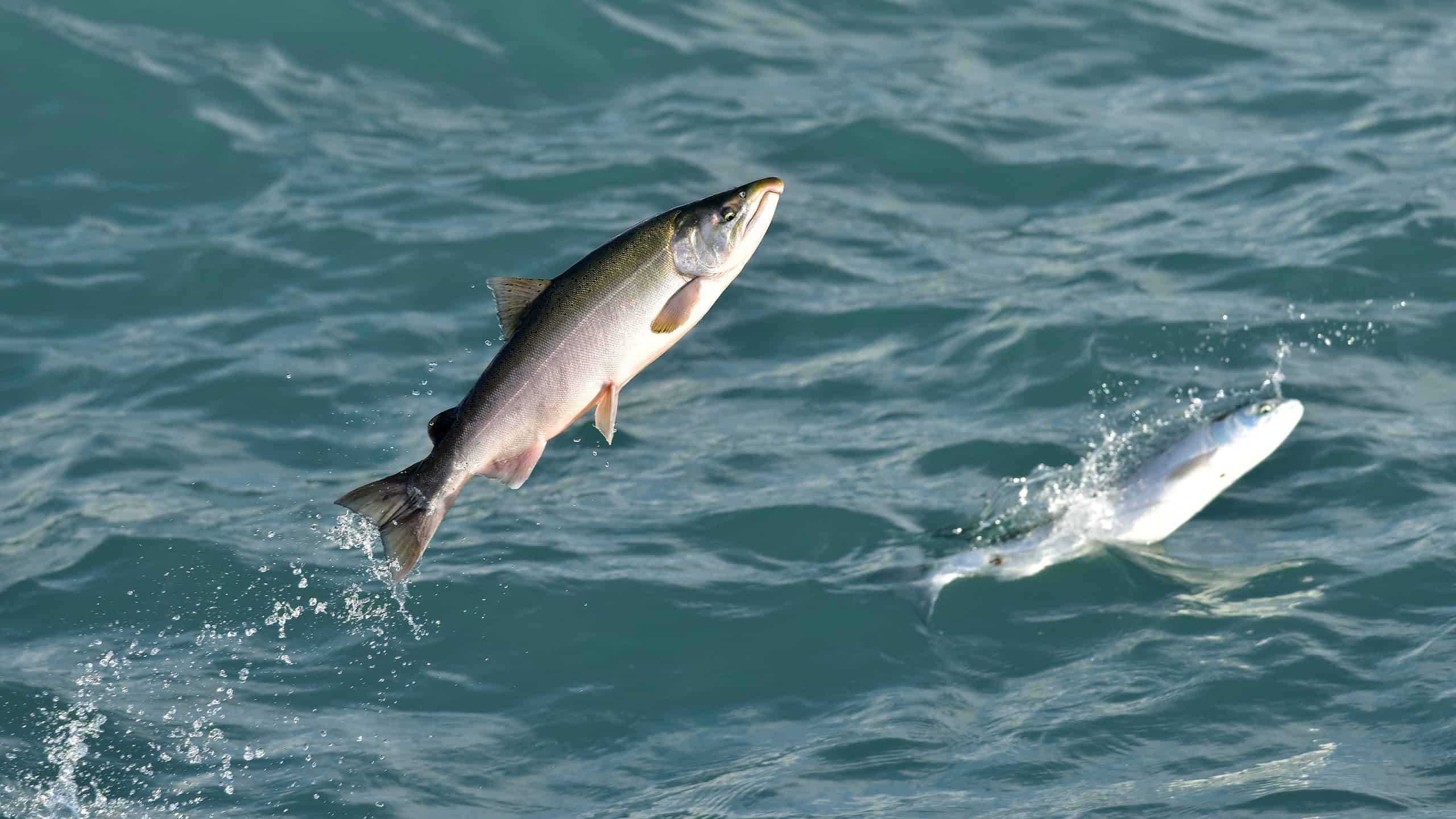When you glance at fish in the open waters of the ocean or even stare in an aquarium, the first thing that crosses your mind when spotting a fish is to admire the beauty of their distinctive patterns and vivid colors. But did you know that a fish’s anatomy is composed of other, more significant elements? For example, fish scales are an essential part of a fish’s anatomy. Not only do they provide shielding from other predators, but they also play a crucial role in their movement and overall survival.
Fish scales are classified into four types of categories, namely placoid, cosmoid, ganoid, and cycloid/ctenoid. Each type of scale has distinct qualities that make them suitable for specific situations and lifestyles. This article will focus on various types of fish scales and explain why fish survival depends on them. Furthermore, let us investigate how these scales have evolved and how they play an important function in modern-day fish species. So let’s jump in to discover the intriguing world of fish scales!
Placoid Scales

Stingrays have placoid scales, which are essential for their survival.
©Natia Tsuleiskiri/Shutterstock.com
Cartilaginous fish like sharks, stingrays, and chimaeras have placoid scales, which are a type of fish scales. This type of scale also goes by the name dermal denticle. Placoid scales differ from other types of fish scales through appearance and function due to their thin spine-like structure.
The placement and arrangement of these scales on the skin are essential for the survival of sharks and rays. For instance, shark scales are arranged in rows along the skin. The scales are pointing backward to lessen drag when swimming. Therefore, allowing the shark to swim quickly and at ease through the water, all thanks to this unusual configuration.
In addition, placoid scales provide a defense mechanism against predators that lurk in the deep blue seas. In fact, these scales are constructed of dentin, a complex, enamel-like substance that resembles the material in human teeth. Small, pointed projections cover the scale’s surface, making it challenging for predators to swallow a shark or stingray whole.
These scales also assist with prey detection. This is because they consist of sensory cells that sense changes in water pressure and movement. Sharks and rays can use this to find prey, even in muddy water or low-light settings.
Although placoid scales provide advantages, there are some drawbacks as well. It may be challenging for parasites to attach to the skin of sharks and rays due to the rough texture of their scales. Therefore, because of the uneven surface of its skin, it becomes difficult for the animals to shed old skin cells. Without being able to shed old skin cells, this promotes the growth of bacteria and algae. The fish may get skin infections or other health problems as a result of this.
Cosmoid Scales

Lungfish have cosmoid scales which help in camouflage, communication, and thermoregulation.
©sciencepics/Shutterstock.com
Cosmoid scales refer to a bony inner core surrounded by an enamel-like substance called cosmine. The combination of bone and an enamel material produces scales that are extremely hardy and resistant to deterioration.
Did you know that a family of extinct fish species known as the Sarcopterygii contained cosmoid skin scales? These fish were identified by the existence of soft and lobed fins, which were structurally similar to the four-limbed vertebrate group called tetrapods. Coelacanths, lungfishes, and certain extinct species of fish, including the well-known tiktaalik from the Devonian era, are all part of the varied group of fish known as Sarcopterygii.
Sarcopterygii’s evolutionary history reflected the distinctive structure and use of cosmoid scales. Therefore, researchers have hypothesized that these fish are the ancestors of tetrapods. The transition from aquatic to terrestrial life is supposed to have been greatly aided by their lobed fins. Furthermore, the evolution of cosmoid scales may have allowed these fish to survive in the harsh and unpredictable conditions of early aquatic habitats.
The unique designs and textures of cosmoid scales are another noteworthy feature. The external layer of cosmomine displays various ridges, grooves, and bumps that generate a range of tactile and visual effects. These patterns might have aided in camouflage, communication, and thermoregulation.
Ganoid Scales

Bowfin fish have ganoid scales that aid in thermoregulation.
©IrinaK/Shutterstock.com
Ginglymodi is a suborder of fish that comprises some living families, that include bowfins (Amiidae), gars (Lepisosteidae), and bichirs (Polypteridae), as well as a few extinct ones like the Dapediidae and Pycnodontidae, possess ganoid scales. “Ganoid” is derived from the Greek word “ganos,” which means brightness or luster.
This is because ganoid scales have an enamel covering on their surface, giving them a bright, metallic appearance. In addition, ganoid scales are distinctive because it consists of ganoin. In contrast to the more common bone material found in the rankings of most other fish, this enamel-like component is unique.
Ganoid scales have a rhomboid form and a flat, shiny surface due to the presence of the ganoin layer. One of the primary benefits of ganoid scales is their incredible durability and resistance to punctures and cuts, giving them a great defense against predators. In fact, a thin coating of skin or mucus frequently covers them to protect them from abrasion and other types of injury.
Furthermore, ganoid scales also protect fish from temperature changes, aiding thermoregulation. Some ganoid-scaled fish, such as the bowfin, have appeared to thrive in oxygen-depleted environments, such as bogs and stagnant ponds, where other fish would perish.
Cycloid and Ctenoid Scales

Cycloid and ctenoid scales can be found on fish like minnows.
©iStock.com/grimxlink
The terms cycloid and ctenoid derive from Greek words that describe their shape and look. Did you know that the word cycloid means circle? And ctenoid is short for comb-like, which defines how the fish’s scales appear. Cycloid and ctenoid scales can be found in a wide range of fish, from little minnows to large game fish. Both types of scales are found in a wide variety of boney fish families, including perch (Percidae), sunfish (Centrarchidae), and salmon (Salmonidae).
These scales are composed of thin, overlapping layers of bone that are organized in rows along the body of the fish. The look and structure of cycloid and ctenoid scales differ, although both provide comparable tasks such as protection, thermoregulation, and lowering drag when swimming.
Cycloid scales are rounded or oval in shape and have smooth edges. They lack the bony protuberances seen on ctenoid scales and are quite thin. Many different types of fish, such as trout and carp, have cycloid scales. Because they might differ between species in terms of shape, size, and color, these fish scales are frequently utilized for identification.
Cycloid Scales
On the other hand, ctenoid scales have a comb-like edge with small bony projections along the posterior edge known as ctenii. The fish is further protected by these edges that protrude because they give the scales a rough feel and cause them to interlock. Fish of many kinds, such as perch and bass, have ctenoid scales.
Cycloid and ctenoid scales defend fish from predators and abrasions but also help in thermoregulation. The scales protect the fish from temperature changes because water is trapped between the skin. Therefore, this water layer’s thermal buffering properties help regulate the fish’s body temperature.
Cycloid and ctenoid scales play a significant role in lowering drag and enhancing the fish’s speed and maneuverability during swimming. In addition, the fish can travel through the water more effectively thanks to the smooth, streamlined surface the scales generate. Ctenoid scales’ comb-like design may also help create turbulent flow over the fish’s body, improving its movement swimming ability.
Each type of fish scale performs a specific function and has evolved over time to fulfill the needs of various fish species. By understanding the significance of fish scales, we may better appreciate these fascinating species and the remarkable adaptations they have developed to survive in their aquatic habitats.
Thank you for reading! Have some feedback for us? Contact the AZ Animals editorial team.








